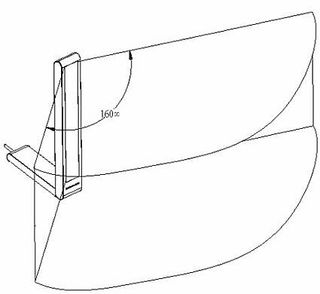Altec Purports Pro Sound with Lansing FX 6021 Speakers
Controlled And Consistent Transmission
Very high-powered sound reproduction requires the use of numerous loudspeakers to achieve the extremely high sound levels required. It is well known, however, in basic acoustics, that several different acoustic sources will interfere with each other, producing "troughs" and "peaks" for listeners in the hall. One of Christian Heil's ideas was to define very specifically the conditions necessary for the elimination of this phenomenon and to create a system (a patented wave guide) for implementing his theories. Altec has used these sound source consistency principles to create the external speakers for the 6021, including differentiated filtering on the micro drives. Despite this, calculations show that the 6021 is unable to completely fulfill the conditions required for obtaining perfect consistency. For example, the acoustic centers of the central transducers are about 3.5 cm apart, which will only permit consistent transmission of up to about 5 kHz. Creating a perfect line array remains problematic, a tricky venture.

The filtering used and the arrangement of the various transducers minimizes the diffraction phenomena without completely eliminating them.
The other major principle of line array is the combination of the various elements in an acoustic line, a modern version of the acoustic column. This principle has been known for a very long time. The acoustic column makes it possible to transmit at a very wide angle in the horizontal plane and a very narrow angle in the vertical. Its classic disadvantage is the interference phenomenon between loudspeakers (lobes of directionality), a phenomenon that has now been eliminated by the use of line array systems. It should be realized, however, that the transducers used by Altec have nothing in common with those used for a line array. Nor does Altec claim very precise directionality but we remain fairly skeptical on that point. We'll get back to that later.

Altec claims that it uses very wide-angle horizontal transmission, a claim we tend to believe, and a very controlled vertical angle, which is not quite so obvious to us.
Stay On the Cutting Edge: Get the Tom's Hardware Newsletter
Join the experts who read Tom's Hardware for the inside track on enthusiast PC tech news — and have for over 25 years. We'll send breaking news and in-depth reviews of CPUs, GPUs, AI, maker hardware and more straight to your inbox.
Current page: Controlled And Consistent Transmission
Prev Page Introduction Next Page Columns And CabinetMost Popular



